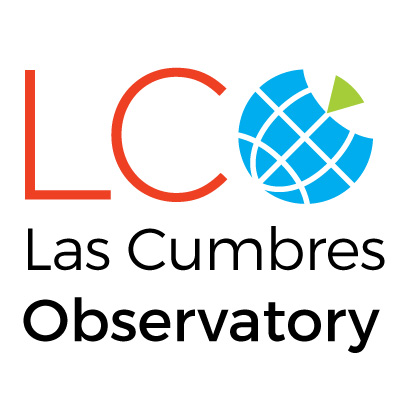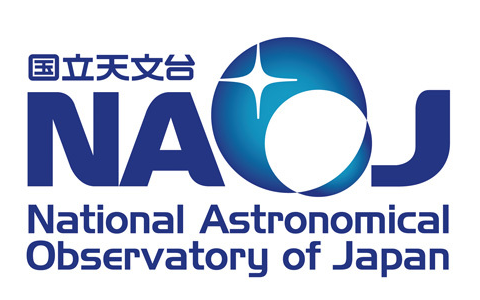Did you know? The peak brightness of a Type Ia supernova is so strong and steady that astronomers use them as ‘standard candles’ to calculate distances in the universe and the rate at which our Universe expands!

For the first time ever, astronomers detected radio waves coming from a Type Ia supernova! And it doesn’t end there: this ‘special radio broadcast’ might carry clues to solve a longtime puzzle - how white dwarfs really explode!
Type Ia supernovae are exploding white dwarfs. In theory, ‘single’ white dwarfs rarely explode. Astronomers think that in the presence of a nearby star, the white dwarf ‘eats off’ material from the star’s outer layers, by a process called ‘accretion’. The accreted material is usually made up of Hydrogen, but for older stars that lost their outer layer, it also can be Helium. Eventually, the white dwarf reaches a very specific mass, until it can eat no more and explode.
However, not all the material from the companion star falls onto the white dwarf during accretion. Some of it will form a cloud around the binary star system. Researchers think that when a white dwarf explodes, the shock waves from the supernova explosion passing through this cloud will give the surrounding materials a lot of energy that they release strong radio waves. Astronomers have yet to see radio waves coming from such an explosion, until now!
An international team of researchers studied a Type Ia supernova that exploded in 2020 in detail. And Jackpot! The team found that the surrounding materials were mainly made up of Helium. Not only that, they also successfully detected supernova radio emission for the very first time! Astronomers are now looking to detect more radio waves coming from Type Ia supernovae, to help them understand these explosions further.
Image: Artist’s impression of helium-rich material from a companion star accreting onto a white dwarf. Before the explosion, a large amount of material is stripped from the companion. The research team hopes to clarify the relationship between the emitted strong radio waves and this stripped material. Credit: Adam Makarenko/W. M. Keck Observatory)






















